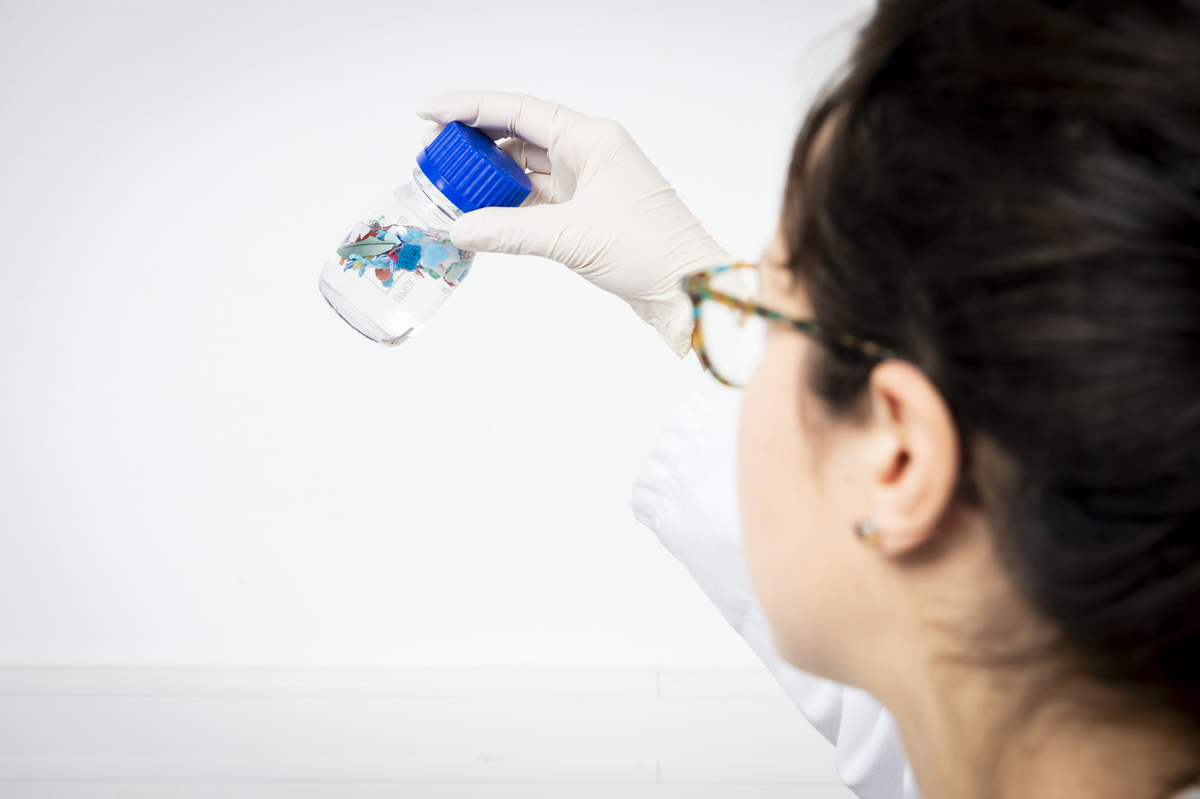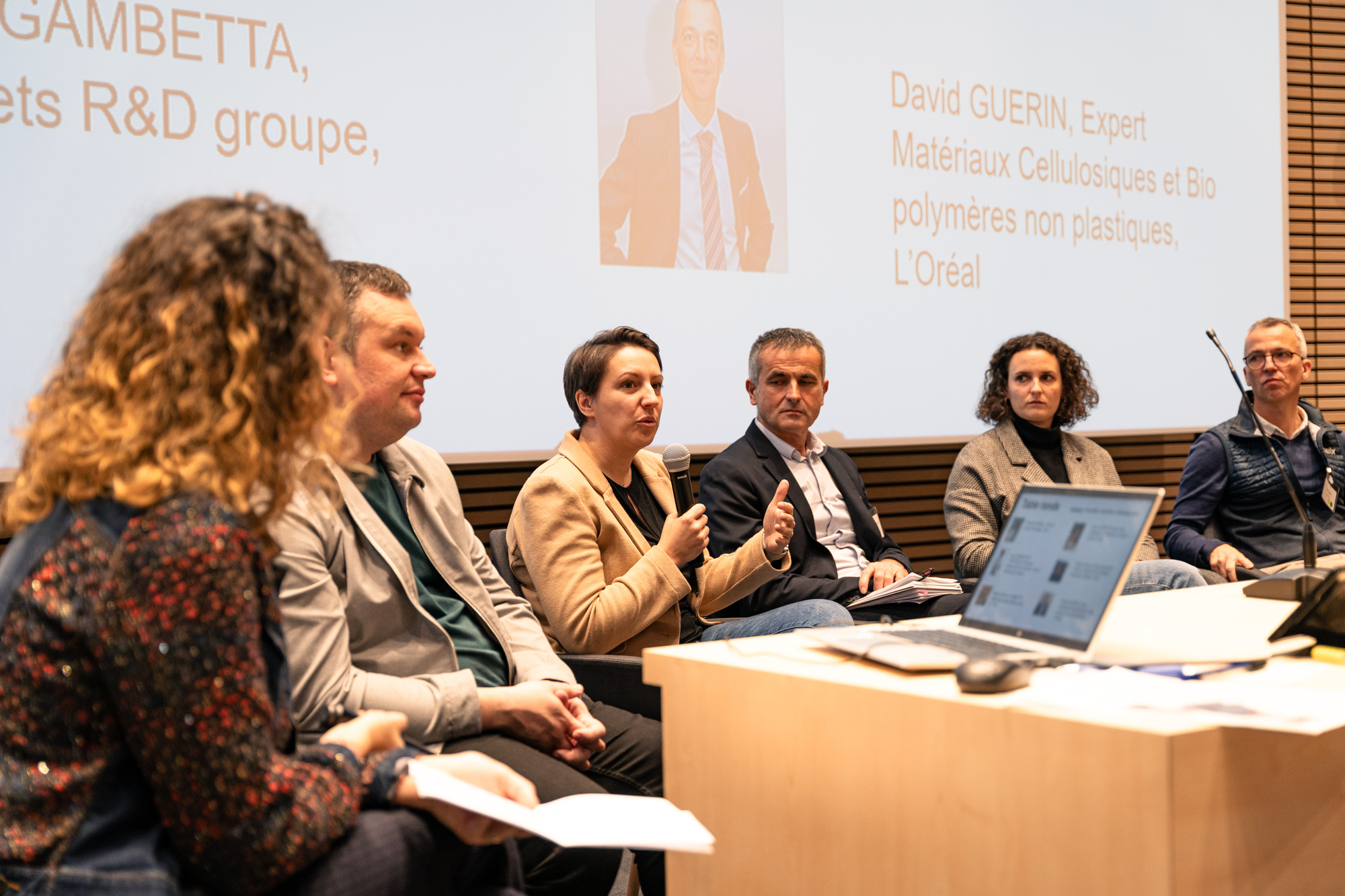
Architect of the new
Digital axis
The call for projects, which ended in late November, provided an opportunity to open dialogue on the organization of the eleventh and final axis of the PEPR, a cross-disciplinary axis on digital technology, whose creation will be orchestrated by Thierry Divoux, Deputy Scientific Director (DAS) in charge of Scientific Programming at CNRS Computer Science. His experience makes him the ideal candidate to put together a consortium of experts and establish a list of research priorities to be addressed within the PEPR, in conjunction with the work of the ten other areas.
By Etienne Morisseau
Can you tell us about how this focus area came about?
The need to develop a cross-cutting focus area dedicated to digital technology became apparent as soon as the PEPR Recycling program was created. The value of digital technology in recycling is obvious, and it will be positioned across the program’s “materials” and “systemic” structure. I was asked to review the program’s other targeted projects in order to identify the needs that this new focus area could meet. The goal is to form a consortium of laboratories and researchers who will be able to respond to these needs, in collaboration with the other organizations involved in the PEPR (CEA, BRGM, IFPEN, INRAE, etc.).

Why were you asked to organize the development of the digital axis?
CNRS Computer Science coordinates the CNRS’s scientific policy on digital technology. The Institute acts as a link between its laboratories, its 16 research groups (GDRs), and other major partners in this sector. As a DAS, I am responsible for the Institute’s relations with the “Digital, Algorithms, Software, and Applications” and “From Components to Digital Systems and Infrastructures” program agencies, led by Inria and the CEA, respectively.
I am acting as a facilitator to launch this new initiative. My job is to identify the consortium that will best complement the current program, taking into account the links with other PEPRs in the pipeline and avoiding redundancy with other programs exploring related research areas, such as “Batteries” or “TASE” (energy systems and renewable energies).
In concrete terms, how does this mission work?
I contacted the leaders of the ten other PEPR areas to find out their needs and imagine how digital technology could contribute to them. I called this sequence “PRAN dating” (Proposals for Research on the Contribution of Digital Technology to the Field of Recycling, the future name of the digital axis). We therefore held videoconferences to clarify our mutual expectations. By “mutual,” I mean that digital researchers are not expected to do the IT engineering for the ten other areas: the needs of the latter should lead to original scientific perspectives for digital researchers based on use cases in the recycling sector.
What are the main requests that have emerged from preliminary discussions with the leaders of the other PEPR axes?
The needs expressed are varied: process modeling, input sorting, traceability, logistics, data processing, etc. A global or holistic vision, considering the entire product life cycle, from eco-design to dismantling, is expected.
The corresponding digital sciences and their keywords are: digital twins, signal and image processing, Internet of Things, optimization, artificial intelligence, systems engineering, etc.
What are the next deadlines for structuring the Digital axis?
Now that we have the responses to the call for expressions of interest, we need to write a coherent project combining the proposals, with a view to presenting it to the ANR and the SGPI in early March.
More news


